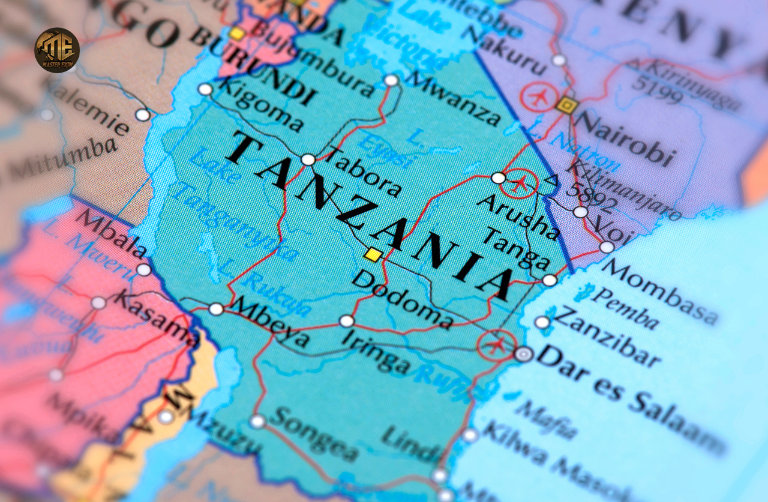Clinker is a crucial raw material in the production of cement

Gypsum Powder
February 26, 2023
Alkali and its effect on clinker quality
July 1, 2023Clinker is a crucial raw material in the production of cement
Categories

Clinker is a crucial raw material in the production of cement,
which is used extensively in the construction industry. While many countries have their own cement production facilities, some nations rely on imports to meet their cement manufacturing needs. Here are a few countries that have a high percentage of clinker imports,




